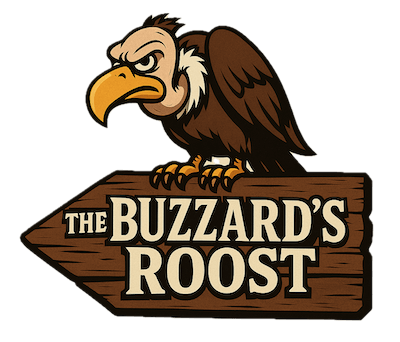Raccoons are medium-sized, omnivorous mammals that are found throughout much of North and Central America. They have distinctive black masks around their eyes and bushy, ringed tails. Raccoons are known for their curious and adaptable nature, and they are able to thrive in a variety of habitats, from urban areas to forests.
Raccoons are primarily nocturnal and are most active at night. They are opportunistic feeders and will eat a wide variety of foods, including insects, fruits, nuts, small animals, and human garbage. They are also known for their dexterity and will use their front paws to manipulate objects, such as opening latches and turning doorknobs.
Raccoons are social animals and are known to form loose groups called nurseries, which consist of a female and her offspring. They typically breed once a year, with young born in the spring or early summer.
While raccoons are generally not aggressive towards humans, they can be carriers of diseases such as rabies and should not be approached or handled. In some areas, raccoons are considered a nuisance due to their tendency to raid garbage cans and cause damage to homes and property. If raccoons are causing problems, it’s best to contact a professional wildlife control service for assistance.
Raccoon tracking can be an interesting and fun activity, but it’s important to approach it safely and responsibly. Here are some tips for tracking raccoons:
Look for signs of raccoon activity: Raccoons are nocturnal animals, so you’re more likely to find signs of their activity than to see the animals themselves. Look for tracks in mud or snow, and check for signs of raccoon digging or foraging in trash cans or other areas.
Be aware of the risks: Raccoons can carry diseases such as rabies and can be aggressive if they feel threatened. Make sure to keep a safe distance and avoid approaching raccoons if you see them.
Use a tracking guide: A field guide or online resource can help you identify raccoon tracks and other signs of their activity. Look for distinctive features such as the five toes on each foot and the diagonal walking pattern.
Consider using a trail camera: A trail camera can capture images of raccoons and other wildlife in their natural habitat without disturbing them.
Respect wildlife: Remember that raccoons and other animals are an important part of the ecosystem and should be treated with respect. Don’t disturb or harm them, and make sure to clean up any trash or food that could attract them to residential areas.
Rabies is a viral disease that affects the central nervous system of mammals, including raccoons. Raccoons are one of the most common carriers of rabies in North America, and they can transmit the virus to humans through a bite or scratch.
Symptoms of rabies in raccoons can include behavior changes such as aggression or unprovoked attacks, disorientation, and difficulty walking or standing. However, not all raccoons with rabies will display these symptoms, so it’s important to avoid contact with all wild raccoons.
If you suspect that you have been bitten or scratched by a raccoon or have had contact with a raccoon that may have rabies, it’s important to seek medical attention immediately. Rabies is a serious and potentially fatal disease, but prompt medical treatment can be effective in preventing the disease from progressing.
To prevent the spread of rabies, it’s important to avoid contact with wild raccoons and other animals, and to make sure that your pets are vaccinated against the disease. If you encounter a raccoon that appears to be sick or acting strangely, contact your local animal control agency or wildlife rehabilitator for assistance.
